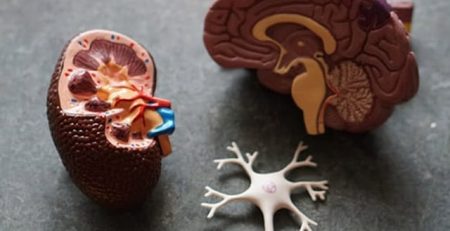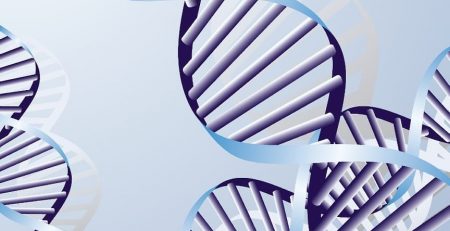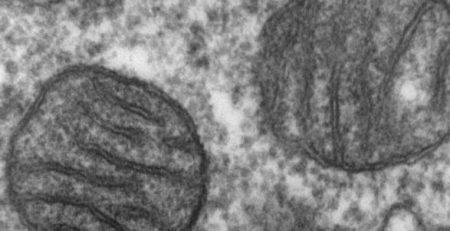A Novel Change Has Been Made on How Proteins Are Studied
Whether Parkinson’s, Alzheimer’s or Huntington’s Chorea, all three diseases have one thing in common: They are caused by misfolded proteins that form insoluble clumps in the brains of affected patients and, lastly, finish their nerve cells. If amino acids chains are correctly, proteins can hen perform their tasks properly. So, one of the most important questions in the biological sciences and medicine is how do proteins (the life-line of living cells) achieve or lose their 3D structure?
In the past, it was nearly impossible to investigate how proteins fold or unfold. Proteins easily lose their shape and function when exposed to pressure and heat. However, this is not a suitable method for studying the unfolding process. The transition that occurs in the course of protein folding is much too transient. Recently there’s been a novel change to observing proteins and how they transition. Researchers at the Max Planck Institute for Biophysical Chemistry and the German Center for Neurodegenerative Diseases (DSNE) in Göttingen, along with their colleagues at the Polish Academy of Sciences in Warsaw, have succeeded in “filming; the complex process and rendered it visible at atomic resolution. By doing this, scientists have pinpointed their hopes on low temperature.
“If a protein is slowly cooled down, its intermediate forms accumulate in larger quantities than in commonly used denaturation methods, such as heat, pressure, or urea. We hoped that these quantities would be sufficient to examine the intermediate forms with nuclear magnetic resonance (NMR) spectroscopy,” said Markus Zweckstetter, head of the research groups “Protein Structure Determination using MNR” at the MPIbpc and “Structural Biology in Dementia” at the DZNE in Göttingen.
So how do proteins lose their shape?
As research object, Zweckstetter’s team chose a key protein for toxin production in Enterococcus faecalis, a pathogen frequently encountered in hospitals where it particularly jeopardizes patients with a weak immune system. But that is not the only reason why the so-called CylR2 protein is interesting. Some time ago, researchers working with Stefan Becker at the MPIbpc succeeded in elucidating its structure, which shows: Its 3D shape makes CylR2 a particular promising candidate for the scientists’ approach.“ClyR2 is a relatively small protein composed of two identical subunits. This gave us a great chance to be able to visualize the individual stages of its unfolding process in the test tube,” explained the chemists Mariusz and Lukasz Jaremko.
Stefan Becker’s group undertook the first step: to prepare a sufficient quantity of the protein in the laboratory. Subsequently, the two chemists cooled the protein successively from 25 C to -16 C and examined its intermediate forms with NMR spectroscopy. They achieved what they had hoped for: Their “film clip” shows at atomic resolution how the protein gradually unfolds. The structural biologist Markus Zweckstetter describes exactly what happens in this process: “We clearly see how the CylR2 protein ultimately splits into its two subunits. The individual subunit is initially relatively stable. With further cooling, the protein continues to unfold and at -16 C it is extremely instable and dynamic. This instable protein form provides the seed for folding and can also be the “trigger” for misfolding.” The scientist’s findings may help to gain deeper insights into how proteins assume their spatial structure and why intermediate forms of certain proteins misfold in the event of illness.
For More Information on This Exciting New Revelation to Protein Research – Click Here














